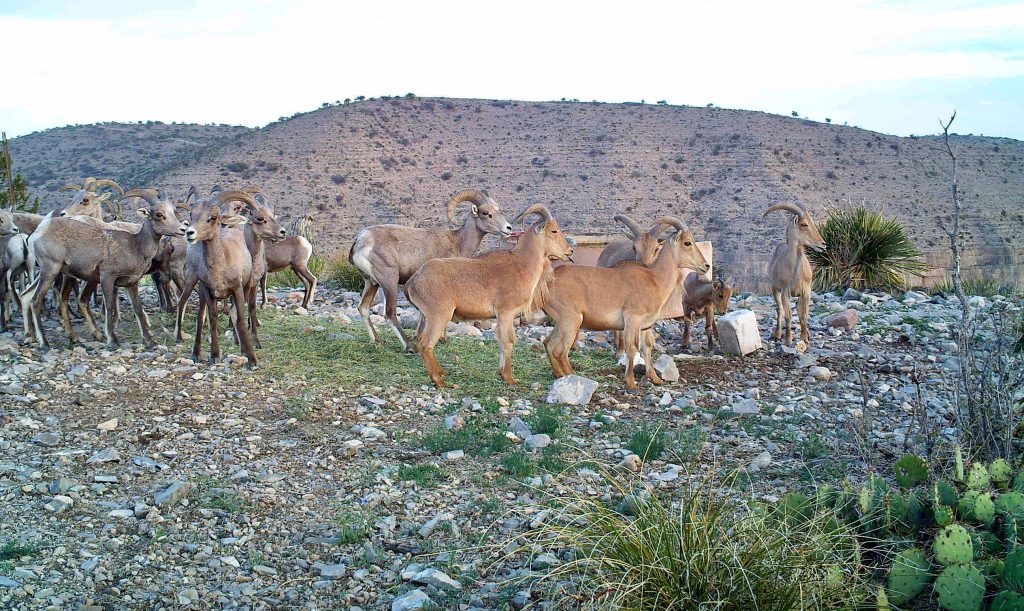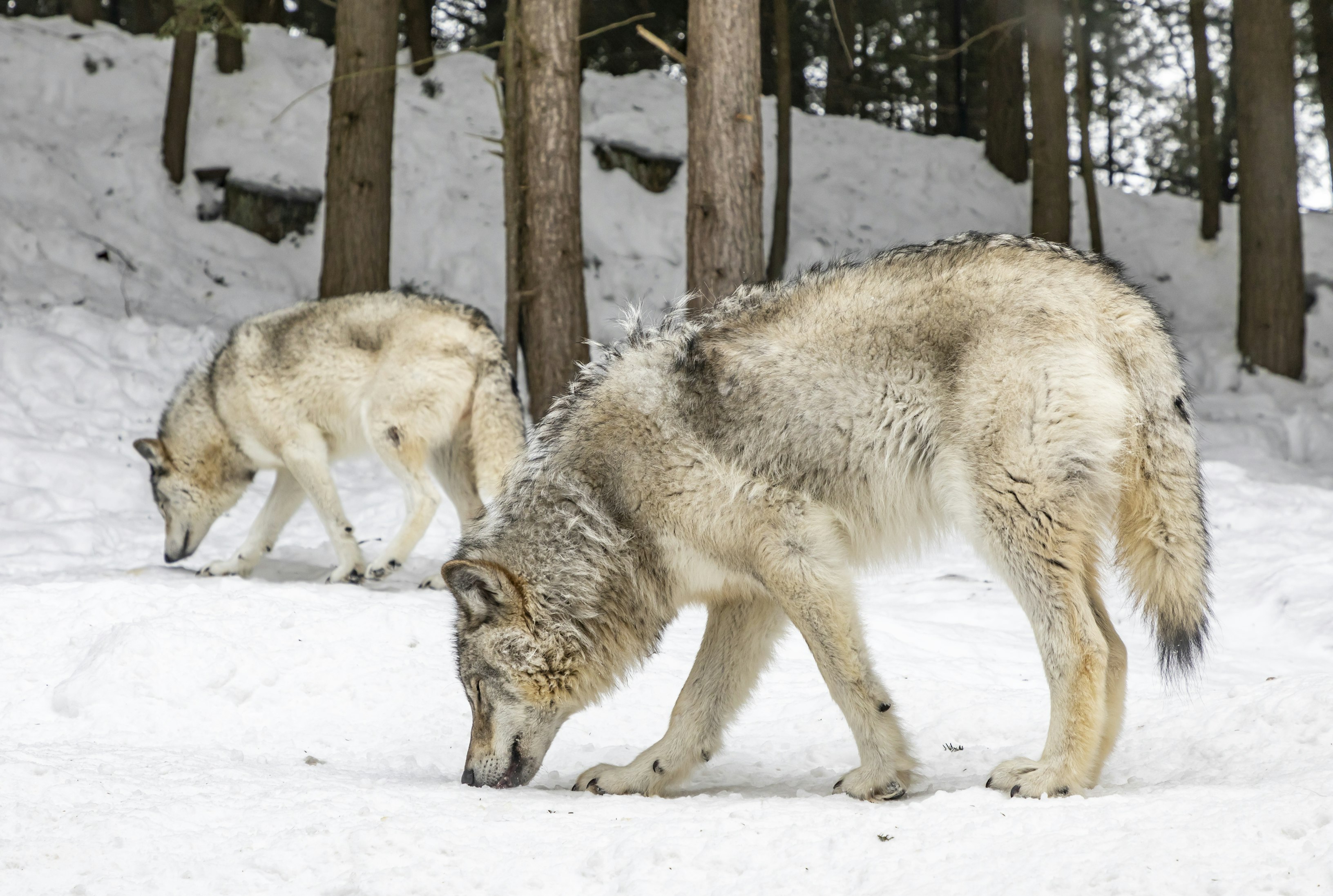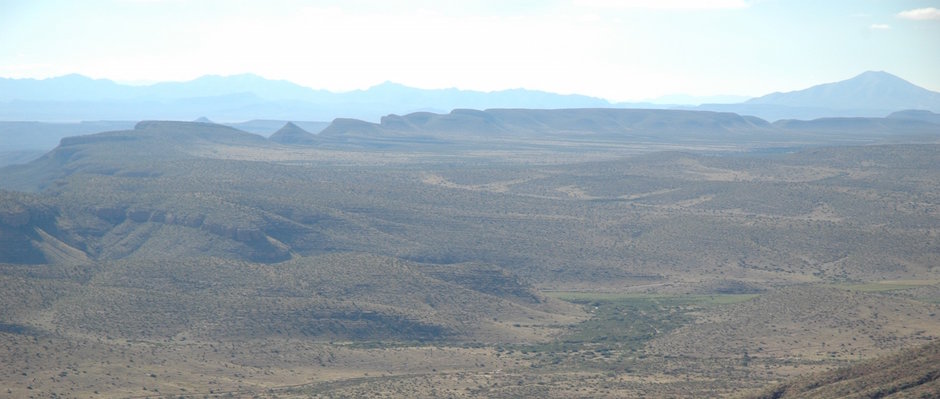Book Review: ‘Inheritors of the Earth’ by Chris D. Thomas
Here is better way of thinking about so-called invasive species. Ask yourself: How many invasive species have ever been eliminated? How much damage have we done to native plants, animals and our finances trying unsuccessfully to eliminate invasive species? What if, instead of “always trying to defend the losers,” we embraced the dynamism of evolution and let the winners go on winning?
NOTE: this post initially appeared on WSJ.com on September 22, 2017
To protect native species we often exterminate new arrivals. What if we let the winners go on winning?
…Jennie Erin Smith reviews ‘Inheritors of the Earth’ by Chris D. Thomas.

When talking about the latest chapter of Earth’s history, or what they’re calling the Anthropocene epoch, ecologists tend to strike a tone of despair. They bemoan the human activity that has warmed the planet’s climate, altered its physical surface and the chemical composition of its seas, and fostered invasions by non-native plants and animals, pushing huge numbers of species closer to extinction. But a handful of thinkers, among them scientists and heads of large conservation groups, has begun to preach against pessimism. Given that much of this change is irreversible, they say, more flexible approaches— and sunnier attitudes—are required.
Chris D. Thomas seems an unlikely mouthpiece for the new optimism. In 2004 Mr. Thomas, a biologist at the University of York, garnered headlines with a study predicting that at least a fifth of land animals and plants would be “committed to extinction” by 2050. In “Inheritors of the Earth,” Mr. Thomas does not disavow those findings. A mass extinction is in full swing, he concedes. But the “gloom-merchants” are ignoring the success stories, Mr. Thomas argues, of animals and plants that are thriving in the Anthropocene. Nature, in many respects, “is coping surprisingly well,” he writes, and we shouldn’t ignore “the gain side of the great biological equation of life.”
In some corners of the planet, warmer, wetter conditions have allowed a greater variety of species to survive than would have just decades ago, he points out, while modern transport keeps new immigrants rolling in. The result is a greater number of species in many regions—more local biodiversity—even if the global picture may be trending toward less.
Many species that contribute to diverse and functioning ecosystems aren’t native—they did not evolve where they now occur. And introduced species can jump-start evolutionary processes. They compete with established species, prey on them, or breed with them, and they can occupy ecological niches once occupied by organisms that have died out or are faring poorly.
Mr. Thomas describes a honeysuckle in Pennsylvania that’s a hybrid of species from several remote continents, and yet delicious to local flies, which began to interbreed out of a shared love of its berries; there’s a deer with Japanese genes that’s doing just fine in Scotland’s woods. We should be cheering on these victors, he says, but instead many have been subjected to dubious campaigns to eradicate them.
Conservation usually aims to help the most imperiled species, and favors those with a longer claim to the habitats they occupy. But rather than “always try to defend the losers,” Mr. Thomas proposes, what if we embraced the dynamism of evolution and let the winners go on winning?
This could mean in practice letting introduced mammals have their way on island chains, which are home to unique flora and fauna vulnerable to environmental change and invasions. Huge sums have been spent ridding the Galápagos islands of feral goats, allowing giant tortoises more vegetation to graze on. In the Dominican Republic, South Georgia and New Zealand, violent measures have been taken against cats, pigs, rats and other feral mammals in favor of species that lived there first.
Most conservationists find these efforts laudable, heroic even. Mr. Thomas does not. The challenge of saving New Zealand’s takahe, a flightless bird with jewel-colored feathers and a stout red beak, or the tuatara, a reptile that is the single surviving member of a 200 million year lineage, “has been postponed, not solved. . . . they are saved only for as long as active intervention continues,” he laments.
The heirs to the world “are not bizarre, weird things and ancient evolutionary relics,” Mr. Thomas insists. “The takahe is one of the losers, while rats, stoats and their ilk are thriving.” These are the species waiting to evolve and diversify into a cornucopia of forms, to become like the Galápagos finches that so intrigued Charles Darwin —if we would only just let them. Mr. Thomas’s reasoning is not exactly reassuring to anyone who thinks biodiversity is more than a numbers game, or that the world would be poorer without animals like the takahe and tuatara.
And while he celebrates introduced species as ecological winners, he has little to say about some notoriously dodgy players, such as the Burmese pythons in the Florida Everglades, which snack catholically on native birds, reptiles and mammals, or the introduced Nile perch that have decimated hundreds of freshwater fish species in Lake Victoria.
It is clear that with “Inheritors of the Earth” Mr. Thomas is responding, at least in spirit, to Elizabeth Kolbert’s 2014 book “The Sixth Extinction,” a sparer and less polemic narrative of the Anthropocene, with the spotlight on the victims. Mr. Thomas wants to remind those who would envision a giant black curtain descending over the planet at the twilight of human history that evolution marches on. Biologists are well aware of this, and yet few besides Mr. Thomas seem to actually welcome the next chapter. Our turn on earth will be followed by “a massive acceleration in the formation of new species”—a sixth genesis, as he puts it.
Intriguingly, both Mr. Thomas and Ms. Kolbert suspect that the inheritors of the earth will be descendants of the crafty little rodents we humans have been dragging around the globe for half a millennium. While Ms. Kolbert envisions a post-human planet replete with giant rats as a poignant state of affairs, Mr. Thomas can barely contain his excitement. The year 1 million, Mr. Thomas predicts, will see islands full of novel tree rats, ground rats, fast rats, slow rats, vegetarian and predatory rats, even diving rats. That means “considerably more species in total,” in case anyone was counting.
—Ms. Smith is the author of “Stolen World: A Tale of Reptiles, Smugglers and Skulduggery.”




